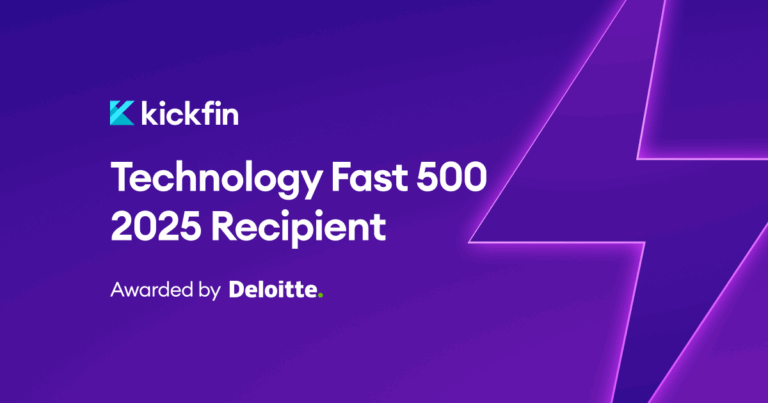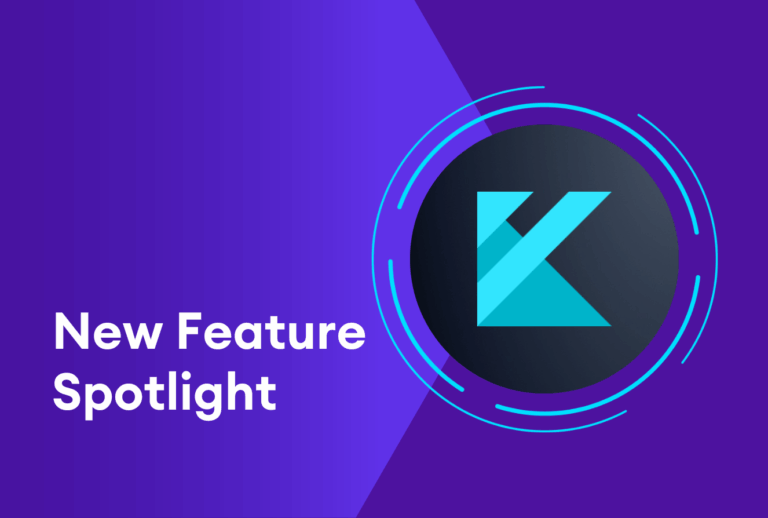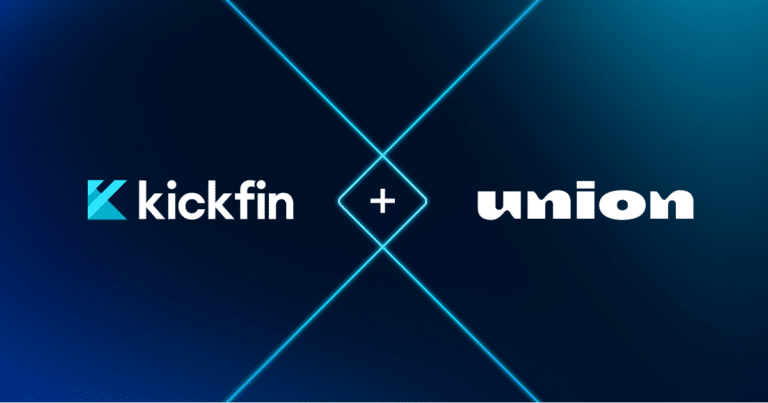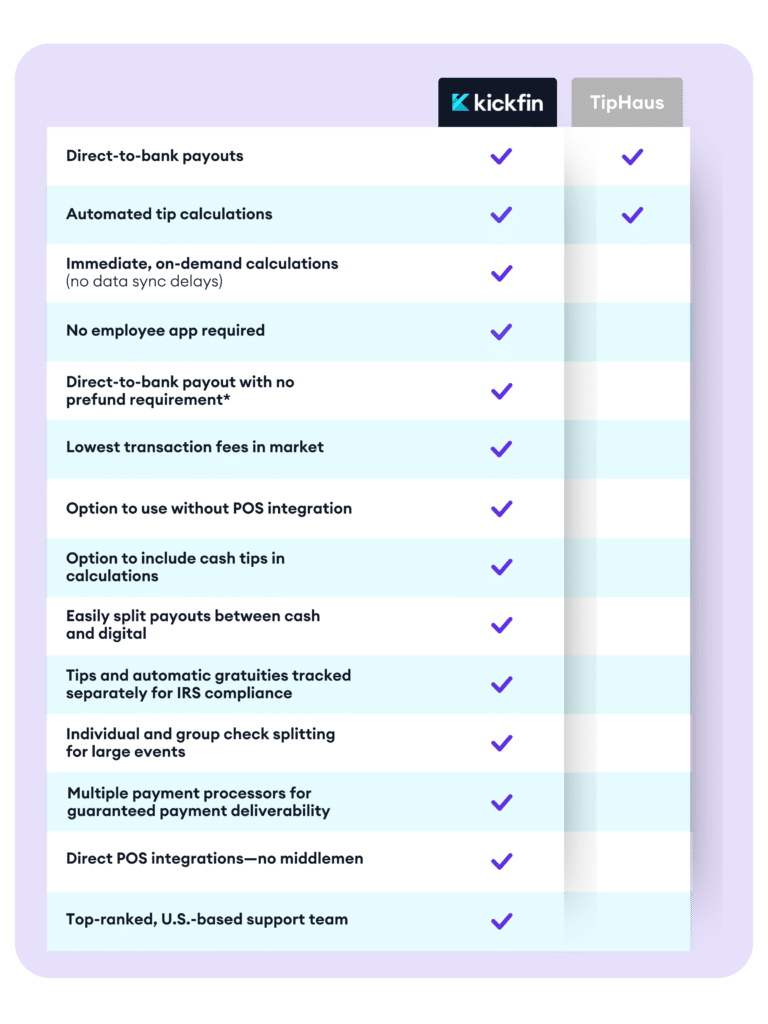Meet Stephanie.
Stephanie O’Rourk co-leads CohnReznick’s National Hospitality Emerging Concepts, and Operational and Financial Consulting Divisions. Everyone from small, family-run restaurants to nationwide franchises can benefit from her insights into budgeting and forecasting. We sat down with her to learn the ins and outs of revenue forecasting and get the details on CohnReznick’s Restaurant Planning & Forecasting app.
Why is revenue forecasting so important for restaurants?
Revenue forecasting is the basis for the major line items in your overall forecasting cash flow — cost of goods, labor needs, and operating supplies. Therefore, whenever you start to model and do financial planning, revenue is an appropriate starting point.
Cashflow is the lifeblood of any business, enabling business continuity; the ability to invest in itself and future growth; as well as the ability to satisfy both short- and long-term debt obligations. It’s vital to understand how your business needs to perform in order to achieve your desired free cash flow and liquidity.
How does planning improve the resiliency of your restaurant and position you for growth?
To improve resiliency, you need real-time visibility into your business to make fiscally responsible and financially fluent decisions. It’s vital to the continuity of your business to understand where your cash flow is currently, and where it’ll be in the future. This can’t be done without measuring, forecasting, and monitoring the performance of your business on a consistent basis.
Another valuable tool is scenario forecasting, which allows operators to model how operational decisions affect their overall cash flow and financial performance. For example: You’re expecting a cost increase for a key ingredient utilized in numerous menu offerings from one of your main suppliers. If you utilize scenario forecasting, you can address menu prices based in a more thoughtful manner rather than just increasing prices by 5% across the board.
Planning provides an operator real-time forecasting and monitoring that will change as the business evolves. Monitoring your forecast and projections is what enables you to better monitor cash flow and, quite frankly, leads to operational success or failure.
What makes revenue forecasting difficult for restaurant owners?
It’s really a lack of understanding of their revenue and menu mix — the in-dining, to go, online orders, and food and beverage mix.

“If you’re utilizing the prior year as a baseline without understanding what some of those outliers were, and not adding relevant information for this year, you’re not forecasting.”
Another issue is understanding fluctuations in menu pricing and projected average checks. If you are reviewing year-over-year — comparing February to February, and then notice a big increase in May, you cannot assume that the increase is a result of menu price changes. That’s not a good enough. You must understand what caused the increase. It could have been more covers, it could have been increases in pricing. Not digging into the details to understand what happened in prior years is what can potentially produce a faulty forecast.
What are some of the common forecasting mistakes that you see operators make?
For a mature operator, one of the mistakes we see often is having a very siloed approach in terms of forecasting — that is, not incorporating all team members that affect all of the lines on their cash flow, financial modeling, and projections. You need to incorporate each important team member’s knowledge of the business for an accurate picture.
A big one is relying too heavily on historical data and just applying percentages across the board, stating: “I think we’ll grow 5% this year.” As we just talked about, utilizing straight year-over-year increases from the prior year without accounting for outliers doesn’t work. I see that a lot due to lack of understanding of menu mix and theoretical costs. Without menu analysis done on a regular basis, you don’t really have a true understanding of your costs for your various menu items.
Another mistake includes no consideration given for inflation as it pertains to expenses outside of the core prime costs. Everything in this world goes up in price. You’re seeing your G&A expenses, consulting expenses, office expenses, and paper supplies go up.
And then, there’s focusing on only P&L (profit and loss) items, but not incorporating balance sheet items that need to be considered when forecasting cash flow. That includes debt service, tax and profit distributions, and other long-term liabilities such as customer deposits. These are the things that affect current and future cash flow.
New operators are a little different, right? One huge miss we see a lot is failing to build the founders into their own model. How are they going to pay themselves? Another issue is they have no true North Star— no definition related to what successful growth means to them.
Finally, failure to execute on lessons learned.

“In the restaurant industry, we always concentrate on the bad when it comes to financial performance. Rarely do companies say, what did we do right? And how can we repeat that?”
That takes looking at your forecast and comparing it to your actuals. We must update the forecast as the business evolves, otherwise it becomes a useless piece of paper that we’re not able to utilize to make the decisions needed to be successful.
How do new restaurant concepts forecast when they have no historical data to rely on?
They must develop a menu. That’s number one.
Number two, they must cost that menu. Then they must understand their business model and revenue streams: Will it be in-dining or primarily delivery?
Next, determine the number of seats, projected table turns and covers, as well as the projected average check to generate the information you need to forecast for revenue and costs of goods sold.
You’ll need to develop a labor schedule, which is based upon your FOH and BOH needs, which ultimately is based on your covers. It’s not all about revenue; it’s covers and the minimum amount of labor required to successfully execute those covers. From a BOH perspective, whether you’re doing $100,000 in sales or $1 million in sales, sometimes you need the same number of cooks in the kitchen to successfully execute your concept.
Then, you base controllable expenses (expenses that are driven by revenue) on your revenue and business model. For example, if your model is to do a good deal of delivery, then your third-party delivery fees and paper supplies are going to be higher based ony our business model.
You also need to know the price per square foot of your restaurant space to determine your rent and occupancy costs as an industry standard percentage of revenue. These costs will only increase over time and are fixed in nature. An operator’s business model needs to support whether a space is an affordable long-term option for their future business needs.
For G&A, marketing, and the rest, you can use industry standards. These costs are typically fixed in nature and are not typically driven by revenue.
What are the implications of variables like a competitive labor market and high turnover?
Understanding the cost of turnover is critically important because it affects other aspects of your business. With turnover comes the loss of institutional knowledge, which in turn means a potential loss in revenues and increase in costs. A new employee isn’t as familiar with the menu, needs time to be trained, and might not be able to upsell as well. Those are the things you need to and build that into your financial model.
Any conversation about the cost of labor also includes retention and that takes rethinking how you pay and incentivize employees. Operators always think it’s too expensive to offer the benefits that everyone wants, but you don’t know that until you model it and see how it will affect your financial performance. The model will show you how employee retention could mitigate some of the risks associated with turnover.
Operators may find that they can afford most of those benefits that haven’t traditionally been provided by the restaurant industry. With the proper financial planning and analysis, an operator can see the potential increase in revenue that could come with providing such benefits

Operators always think it’s too expensive to offer the benefits that everyone wants, but you don’t know that until you model it and see how it will affect your financial performance.
You might find that you can afford all those benefits that haven’t traditionally been given in the restaurant industry, but the people who are doing financial planning and analysis can see how they could potentially increase revenue.
What kinds of tools/resources are important for restaurants to have as they’re building a forecast?
You should have the technology in place to obtain the information needed to perform budgeting and forecasting. The data you need will come from your POS, inventory management system, reservation system, general ledger, labor management system or any other business intelligence tool within your organization.
Integration is key when you’re trying to connect all the dots and connect the varying platforms. For instance, CohnReznick has a restaurant planning and forecasting application that provides instantaneous visibility into your business performance. It uses real-time data from all in-house sources to create both traditional and scenario budgets and forecasts.

“It’s important to understand what you’re going to do next year and what you should expect in cash flow, but what’s really more important is the real-time visibility that enables you and your team to make those quick, real time decisions.”
Information is power, and connecting platforms to provide real-time visibility into operational performance is key.
Back to my example from earlier: Suppliers told me that there is going to be a dramatic price increase on a key ingredient that runs across many menu offerings. So how do I pass that along? Do I pass the entire increase along to my customer? How is that going to affect my potential marketability? I might have to think about other revenue streams that might mitigate some of these additional costs that maybe I can’t pass along.
If you have the information at your fingertips and you can compare actual to theoretical, you’re going to be able to pivot in real-time. You’ll also able to identify operational trends, remediate risk, and forecast performance impacts.
Anything timely that restaurant operators should take into consideration in 2023 and 2024?
Again, lack of employee retention remains a challenge in the industry. It’s wise to rethink pay and incentives and understand how you will be able to pay for that. Many operators will be seeing significant increases in labor rates for some states in the next few years. Putting pen to paper, computing to quantify the financial impact on your business, and incorporating scenario planning into your future budgets and forecasts will put operators in a position to be ahead of the curve.
Commodities are also always a factor. For example, with egg prices — everyone talked about them and now they’re back down. There’s always something — like acts of nature — that cause a crop to underperform, resulting in demand outweighing supply and therefore higher prices arise.
We are still in a competitive market and understanding your market in your segment and geographic territory in relation to your menu pricing is key — because if you are above market, there has to be a value proposition that keeps customers coming through your doors.
Knowing your customer base and ensuring that you are catering to your bread and butter is everything. While there’s a lot of technology out there to help manage customer relations, it isn’t a substitute for real, face-to-face interactions and a human touch.
Stephanie leads the National Hospitality Emerging Concepts and Operational and Financial Consulting Divisions at CohnReznick. Learn more about her and CohnReznick here.






